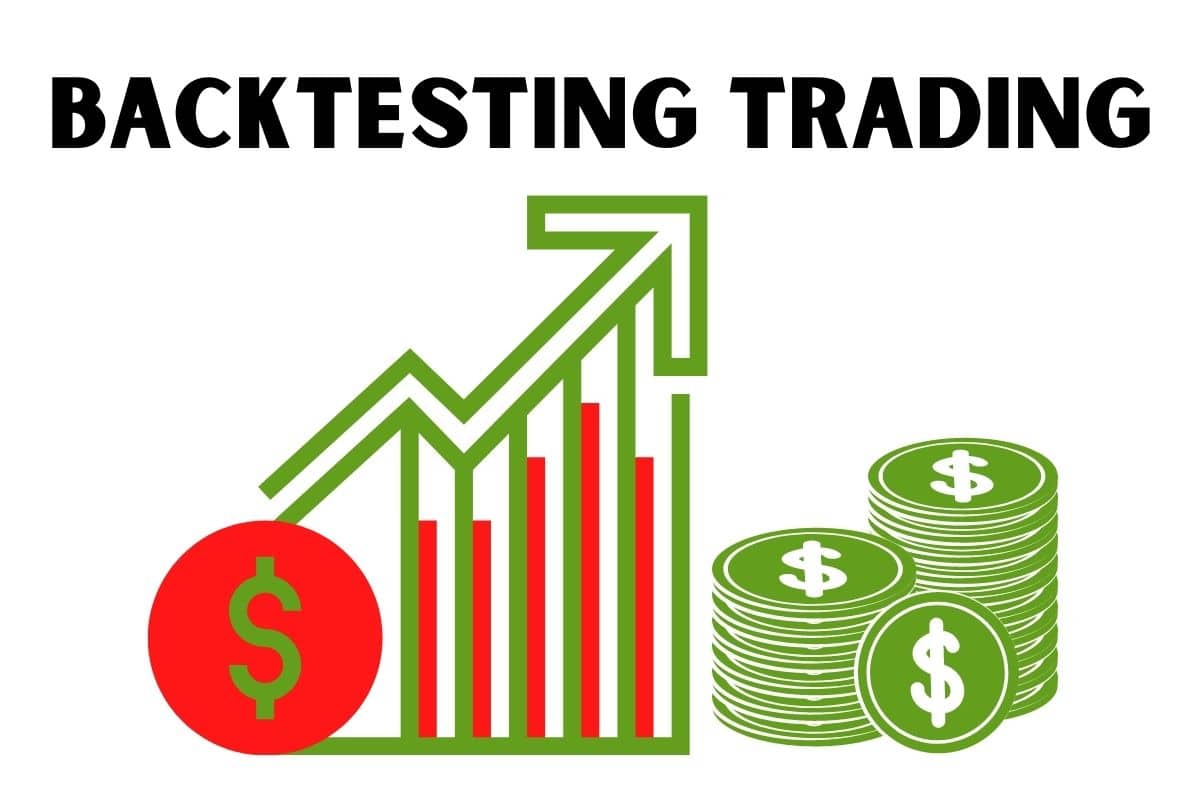While many businesses focus on convincing customers of the worth of a product, it may be more effective to work backward. The market orientation strategy entails recognizing client demands and leveraging them to develop products. Learning more about this technique will help you assess whether it is appropriate for your industry and target audience.
In this post, we will define the market orientation and explain how it works, as well as examine its benefits and drawbacks, present an example, and list associated advertising methods.
What is Market Orientation?
Market orientation is a company strategy in which product development and creation activities are centered on meeting the needs of consumers. It is a marketing orientation technique that produces items with desirable qualities for consumers, which differs significantly from the traditional marketing approach.
The traditional strategy stresses the promotion of existing items by establishing features that might serve as important selling factors. Companies like Amazon and Coca-Cola adopt market orientation principles, but luxury goods companies like Louis Vuitton and Chanel take the traditional approach.
Understanding Marketing Orientation
Marketing orientation is the corporate approach that governs all processes within a company. It describes how the company’s fundamental offering is presented to people, as well as how marketing teams are enabled.
Although marketing teams have a role in marketing strategy, the marketing orientation is set by upper-level management priorities. The following are the several sorts of marketing orientation:
- Sales orientation
- Market orientation
- Production orientation
- Societal orientation
Market orientation is more of a product design strategy than a promotion technique. It means that instead of engaging in any promotional or sales activity, the emphasis is to analyze the target audience and establish their needs. The needs are considered when designing and improving the product offering.
A market-oriented organization has a customer-centered approach, which means that the consumer base’s most pressing concerns, immediate demands, and personal preferences must be explored.
The strategy must be centered on the consumer base’s values, culture, and other behavioral characteristics. As a result, the organization’s development efforts are concentrated on the most widely sought attributes. This allows businesses to adapt to new markets and increase their competitiveness.
Features of Market Orientation
The following are the features of market orientation;
#1. Customer Focused
The strategy is focused on consumer wants and requirements, and it recommends businesses focus on client preferences in order to be profitable. This strategy requires businesses to use their resources to meet the requirements of their customers.
#2. Recognizes Competitors
Apart from recognizing client wants, this strategy recognizes the importance of detecting competition and dangers to the organization. A company that is unable to anticipate prospective dangers may suffer future consequences.
#3. Product Development
This strategy requires businesses to invest in product innovation and development in order to meet the changing needs of their customers.
#4. Coordination of Functional Activities
In a strategy-driven organization, the various functional departments prefer to collaborate with one another to ensure high-quality goods and services.
Stages of Market Orientation
The development of market orientation involves several stages.
#1. Initiation
It is the initial stage in which organizations identify prospective dangers that may affect them. Along with threats, they investigate what steps might be made to deal with those threats.
#2. Reconstitution
The enterprise personnel is then presented with the plans that were identified in the beginning stage and must be followed in the following phase. The firm must ensure that all employees are prepared for the transformation, and those who are not will be asked to depart.
#3. Institutionalization
At this point, the plan is put into effect. It is a critical stage, and many training sessions are held for personnel so that the company can now cater to the needs of its customers. As a result, the plan is carried out during this stage.
#4. Maintenance
It is the last stage. As recommended in the first plan, the enterprise continues to meet client requests and requirements. It is ensured that the plan remains effective and that everyone follows it correctly.
The Three Principles of Market Orientation
#1. Customer Service
Businesses used to be concerned about profitability and market share. Companies began emphasizing products after the onset of globalization, branded goods, and increased competition.
Then, the internet’s explosion led to customer empowerment, and customers now have access to a wealth of information about product features, peer recommendations, costs, and more.
All of these considerations have compelled businesses to shift their attention away from profitability and toward customers. Businesses must now assist clients rather than simply sell things in order to survive in the market.
#2. Marketing Coordination
If you wish to successfully practice market orientation, you must break free from the 4P approach’s constraints. Marketing should be a company-wide discipline that everyone participates in!
What we mean is that marketing should become a multidisciplinary and integrated effort. Customers should be the responsibility of the entire firm, not just the marketing department.
#3. Profitability
Companies in the conventional marketing framework took a short-term view of profitability because the emphasis was on products rather than customers.
However, focusing on short-term profits comes at a heavy cost. As a result, you must strike a good balance between short-term and long-term profitability, which is exactly what market orientation does.
Profitability encompasses both financial (EVA, market share, ROI) and non-financial (attitudes, behavioral patterns, awareness) indicators under the market orientation paradigm.
The market orientation method offers various advantages as well as some limitations. Do you want to know what they are? Continue reading!
The Benefits of Market Orientation
#1. Find Opportunities Before Your Competitors
As part of its market orientation strategy, the company is continually on the lookout for trends that it may capitalize on, either by upgrading existing items or developing something new that matches the needs of customers.
You gain a competitive edge if you are the first company to seek an opportunity. Furthermore, it assists you in gaining a market share ahead of your competitors and creating a devoted consumer base.
Over time, your organization will become an ‘innovator,’ always developing things that clients require! The trick is to anticipate what your clients will desire in the future by understanding what they need now.
#2. Increased Customer Satisfaction
You will make your clients happier and happier if you personalize your products and services to what they are seeking! This, in turn, leads to long-term loyalty to your company.
For good reason, every firm strives for excellent customer satisfaction. It raises the chances of the consumer returning again and again. And, as we all know, customer retention is critical.
Furthermore, in market orientation, organizations take the time to get client input, which helps the company improve and perform better. This gives clients the impression that they are more than just a name on a list.
#3. Avoid Making Expensive Strategic Mistakes
When the market isn’t ready for a new product, a corporation that properly follows market orientation recognizes it. This prevents the organization from squandering marketing resources and making costly strategic errors.
In a word, if you invest time and resources in learning what your customers really want, you will be more likely to sell your items.
Furthermore, if you build a product without addressing demand, it is more likely to fail. This is why you should always keep the end user in mind, often known as the market orientation strategy.
#4. More Effectively Meet Customer Needs
Market orientation requires you to constantly listen to the marketplace, understand what your consumers’ needs are, and how those demands are evolving!
As a result, the company is always up to date on the target markets and attempts to produce items that are a great fit for the market. This enables the corporation to achieve a large market share with minimal marketing efforts.
Furthermore, the company’s marketing message under this method is focused on making the target market aware of how well the company can meet their needs – rather than convincing them that they need the product.
The Drawbacks of Market Orientation
#1. Customer Demand is Constantly Changing
Your clients’ demands and desires are frequently influenced by passing fads and trends. As a result, if you base your products on the wants of your clients, you will have to make modifications on a regular basis.
#2. The cost of research is prohibitively expensive.
It is not expensive to do market research through informal discussions and social media surveys. However, other methods of research, such as professionally acquired data or focus groups, can be costly.
#3. Must be adaptable
A company with a market orientation should be more adaptable and capable of adapting to changing customer tastes. Otherwise, it will lose sales and be unable to profit in the long run.
#4. It’s a Little More Difficult
Creating items that clients demand is not sufficient! You must also ensure that it is lucrative, therefore you must evaluate everything from company operations to production and competitive maps.
#5. Customers’ unrealistic expectations
Customers can say whatever they want because they don’t have to bother about logistics. Customers may be looking for more organic components, lower pricing, or fewer calories in a food item, for example. You’d have to make some difficult decisions, and you probably won’t be able to please everyone.
Product Orientation vs. Market Orientation
Market orientation is a strategy that focuses on the preferences and needs of customers. It argues that in order to be profitable, the company should focus its product creation and sales on the needs and desires of its customers.
The product orientation strategy, on the other hand, concentrates on enhancing the quality of the regularly manufactured product. Instead of focusing on how to develop its product, it does not link itself with the needs of its customers.
Other Strategies vs. Market Orientation
Development centered on market orientation prioritizes consumers’ desires, building the product around their expressed needs and preferences. This is in contrast to product orientation, a business strategy that stresses raising consumer awareness of and liking the features and benefits of a certain product.
Product differentiation is frequently associated with a product orientation strategy. The organization uses this method to deploy an advertising strategy that tries to clearly define the traits that distinguish a brand from its competitors.
Sales orientation is concerned with encouraging consumers to take quick action using methods such as web ads, social media, television commercials, in-store demos, or direct response marketing.
A successful marketing strategy may need any or all of these tactics, although most organizations focus on one or a few as their primary focus.
Examples of Market Orientation in the Real World
#1. Amazon
Amazon is an example of a market-driven organization. It has continuously implemented processes and features that clearly address user complaints and aspirations as it has expanded and developed.
Many consumers, particularly city dwellers, are concerned about having products delivered when they are not at home. Amazon Locker, a network of self-service pickup boxes, was the company’s response.
Delivery fees, no matter how fair, are a major nuisance for customers and an incentive to shop locally rather than online. Amazon Prime requires an annual fee in exchange for free delivery on the majority of its products.
#2. Coca-Cola
Coca-Cola is another well-known firm known for its market orientation. Identifying novel flavors that consumers will genuinely like, such as wild strawberry and lime, requires extensive research. However, those new flavors will not help Coca-Cola meet consumers’ growing health concerns. As a result, Dasani, Honest Tea, Smartwater, Simply Orange, Minute Maid, and Vitaminwater were bought by the corporation.
Conclusion
If you are a marketing professional reading this, you are likely to prefer the market-oriented strategy by nature. However, this does not imply that such an approach is the best way to conduct marketing within your organization. Its orientation strategy is based on how your organization was founded and works, as well as its issues, rather than how you view marketing as a discipline.
This marketing orientation approaches to business – and marketing – are all prevalent in today’s business environments, but they also show how business and marketing thinking has changed over the last 100 years. In certain industries, the focus has shifted from production (Ford Motor Company) to product (Apple) to sales (Amazon) to market (Google) to now society (The Body Shop). All of them are examples of successful organizations.
Which marketing orientation category does your company belong to?
Related Articles
- NEW EMPLOYEE ORIENTATION: Detailed Checklist, Template & Examples
- EMPLOYEE ONBOARDING: What You Should Know About The Entire Onboarding Process
- The Evolution of Marketing (Explained)
- New Hire Onboarding Best Practices In 2023






